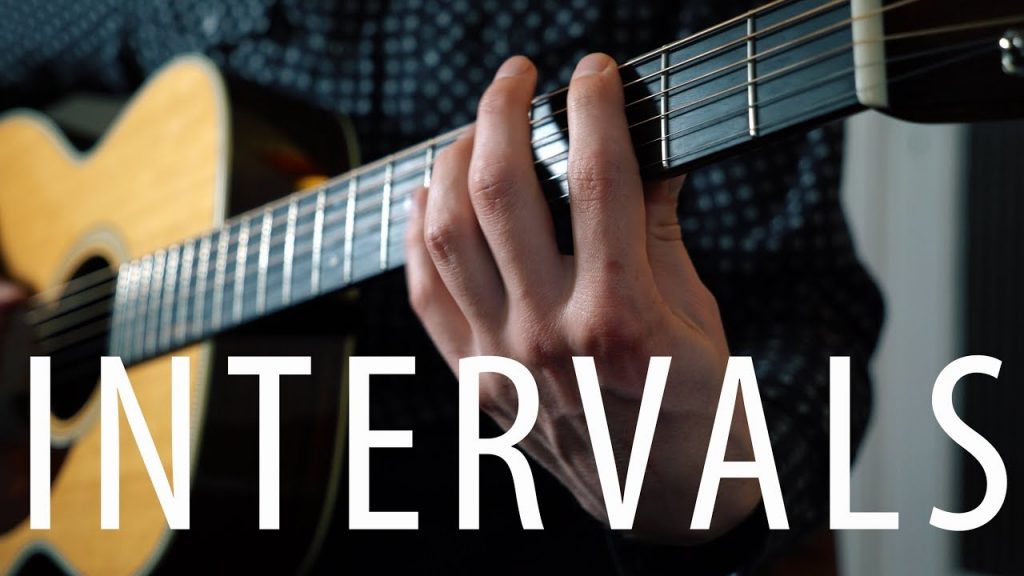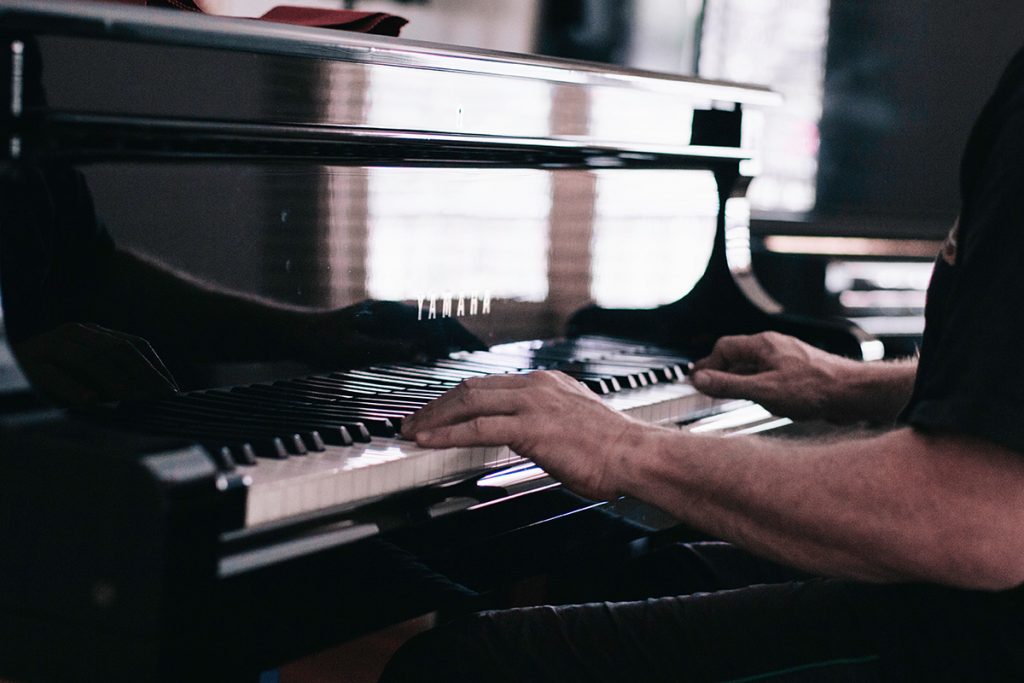OVERCOMING PLATEAUS: HOW TO IMPROVE YOUR PLAYING
We’ve all been there, facing and overcoming plateaus… So how to improve your playing? You take up an instrument. Get some lessons. Put in some practice. The first few months are exhilarating. You make quick progress and go from never having touched your instrument to confidently being able to play songs. Just like magic. Then you start to find that your progress slows and more time passes in-between ‘breakthroughs’. You are comfortable playing the songs you know but find yourself playing them over and over again. You feel like you are moving sideways but want to move higher!
So here are a few tips and ideas to help break through the plateaus:
-
Take up a new instrument
Sounds crazy, I know – you put in all that effort into learning your main instrument and now… start over? Try it. Don’t aim high, you’re not trying to become a virtuoso here (who knows though, you may find a different calling!). Just try to learn some of the repertoire from your main instrument on your new instrument. If you play guitar, try banjo. Are you a violinist? Try mandolin. A pianist? Try guitar. It’ll give you new perspective, physically push your fingers in positions that are less familiar and lead you in different musical directions. You will be amazed at how much of what you already know will carry across to the new instrument. Ultimately this will get you thinking less about muscle memory and more about actual music and open up your musical imagination. Remember an instrument is just that – an instrument. Of course you need to develop the skill to get the notes out of your instrument and scales, chords etc. are essentials tools but the music comes from you!
-
Change your practice routine
Practice should to evolve just like your playing does. Metronome practice to scales is a great way to kickstart your physical ability with your instrument but try changing it up when it gets too easy and repetitive. Try playing through your usual routing but faster – or slower, you’ll be surprised at how hard it is. Try playing in different keys – it will feel almost like a new instrument, the notes you want will be in different places. Soon will become more focused on actually making the right sound than finding physical notes. Try what I call ‘structured noodling’ – take a chord progression and double it up. Insert a bar of improvisation after each ‘regular’ bar. Try shaking away patterns by playing random notes to a metronome but make them really random! Listen to yourself carefully and whenever you find you’ve fallen into some kind of pattern, break away from it. A truly liberating exercise. After you have tried any and all these ideas, go back to playing something you know but give yourself some freedom to change it. Mix it up. You’ll be surprised by how fresh it will feel and sound!
-
Try a different genre
I am always amazed to find out what genres my musical heroes listen to and play outside of their main area of expertise. Did you know that Tony Rice – the prototype of a bluegrass guitar player – listened to and played avant-garde jazz? Or that Phil Collins is an R&B freak? Again, don’t aim to become a master of the genre but just to learn a couple of signature pieces. If you’re into pop rock, give gypsy jazz a try. Try learning ‘Minor Swing’ and maybe ‘Dark Eyes’. You’ll soon notice how your overall playing becomes deeper and richer, but in a subtle way. You will be surprised by how much your playing progresses in your main genre even with this kind of ‘lateral practice’. Remember, building musical depth, no matter what genre, style or instrument, will lift your allaspects of your musicianship – that’s how you improve your playing!






